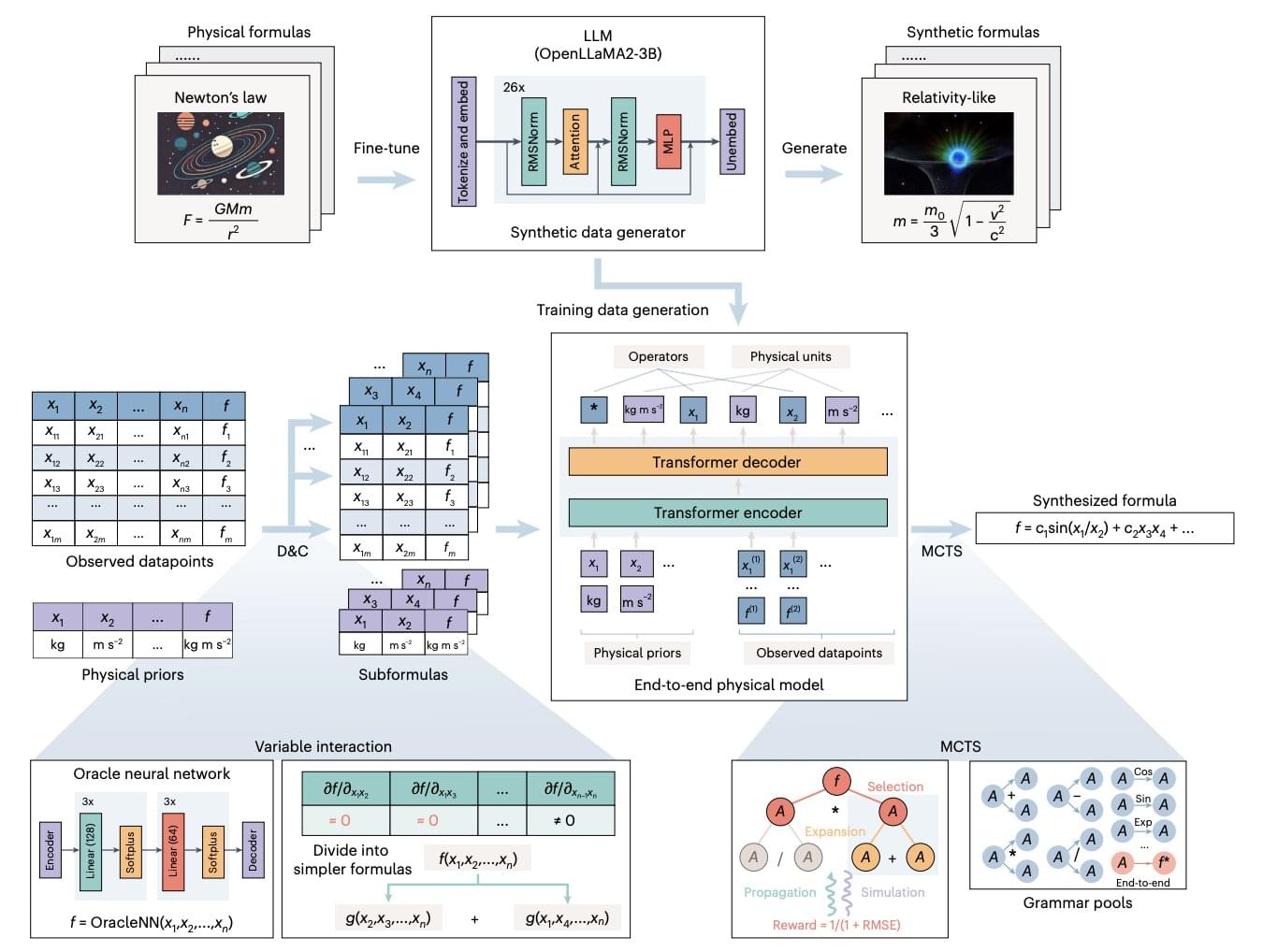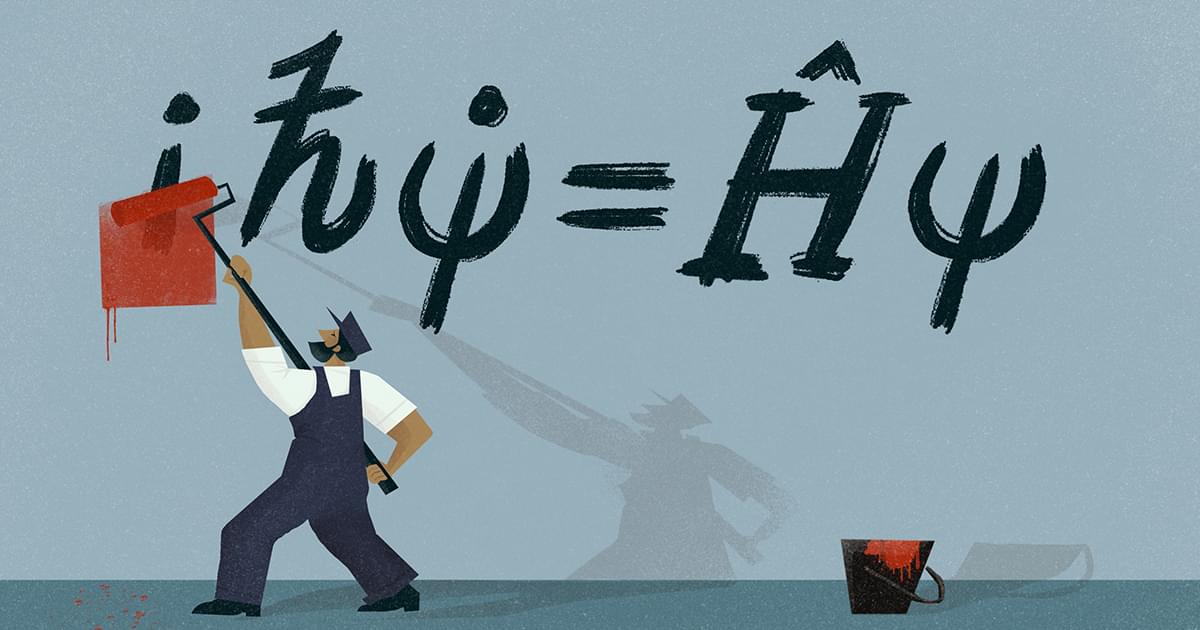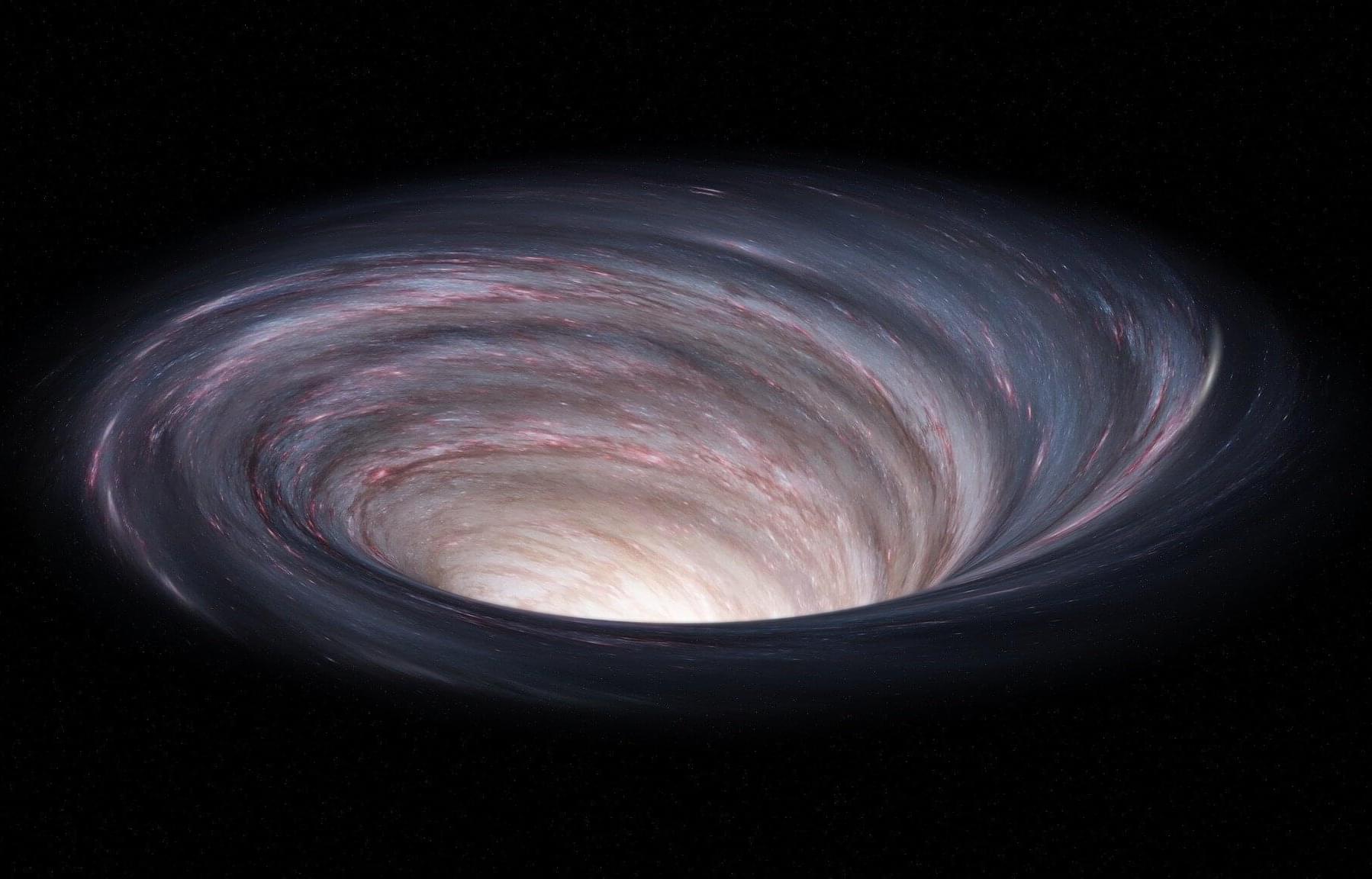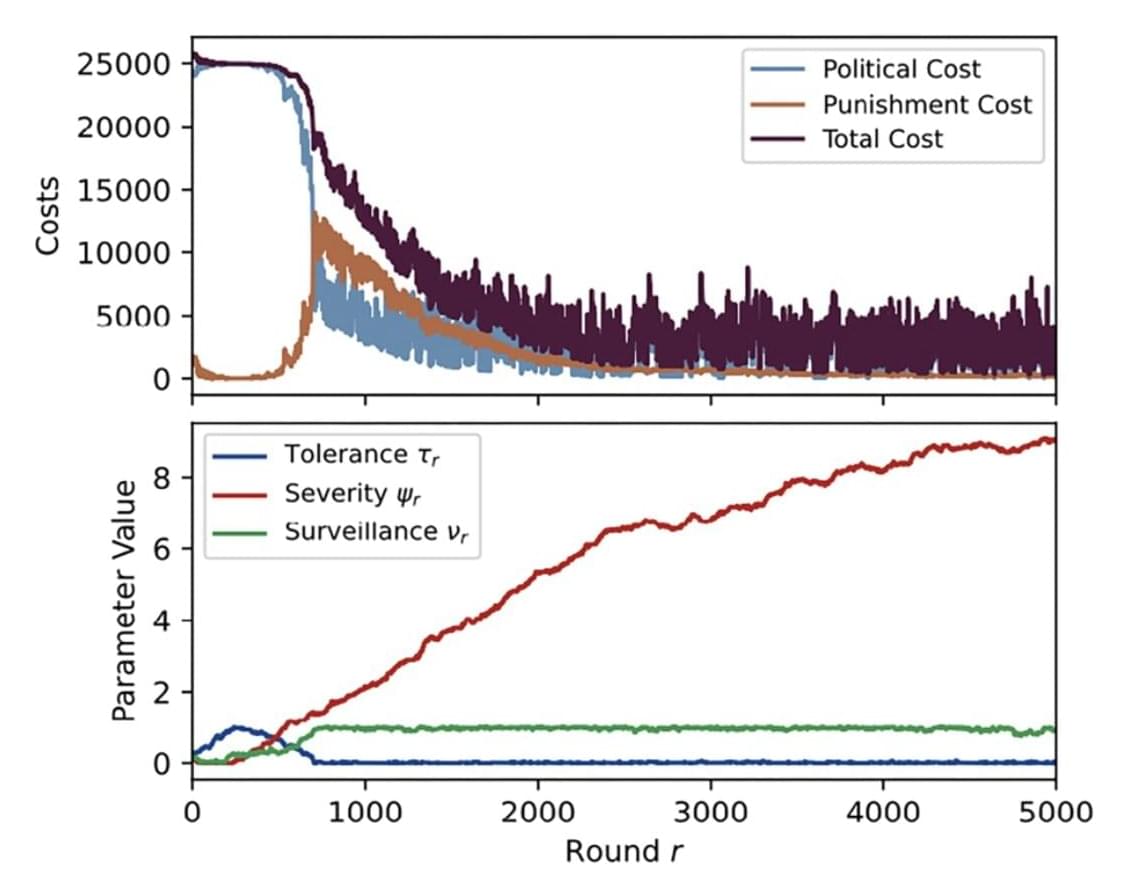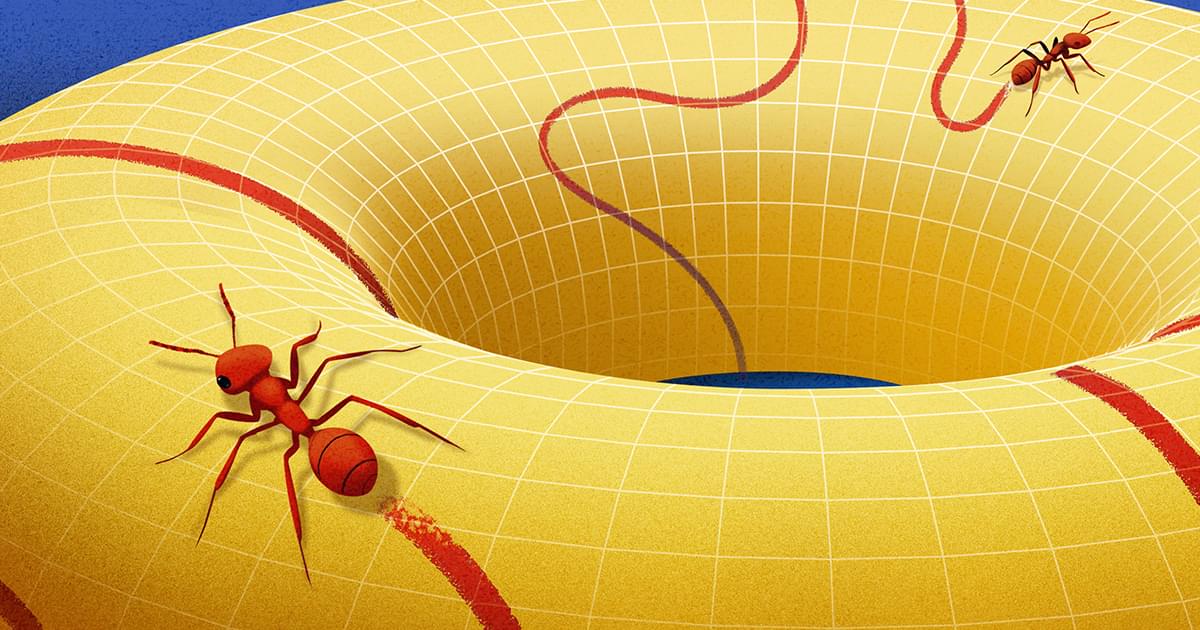Artificial intelligence (AI) systems, particularly artificial neural networks, have proved to be highly promising tools for uncovering patterns in large amounts of data that would otherwise be difficult to detect. Over the past decade, AI tools have been applied in a wide range of settings and fields.
Among its many possible applications, AI systems could be used to discover physical relationships and symbolic expressions (i.e., mathematical formulas) describing these relationships.
To uncover these formulas, physicists currently need to extensively analyze raw data, thus automating this process could be highly advantageous.
